Munich bursts with art and history, and you’ll find world-class museums at nearly every turn. Exploring the Alte Pinakothek, Neue Pinakothek, and Pinakothek der Moderne is honestly the best way to experience the depth and range of Munich’s art and culture in just one day. These museums are super accessible, and I got to wander through centuries of painting, sculpture, and design—starting with old masters, finishing with bold, modern works.
Each museum reveals a different chapter in Munich’s art story. The Alte Pinakothek overflows with classic masterpieces, while the Pinakothek der Moderne made me rethink what art can be. Even though Neue Pinakothek was closed for renovations, I still caught some of its 19th-century highlights on display at the Alte Pinakothek.
If you love art museums and want a day of discovery—new artists, old favorites—then this journey through Munich’s Kunstareal is a must. There’s just something about standing in front of these famous works that makes art and history feel real.
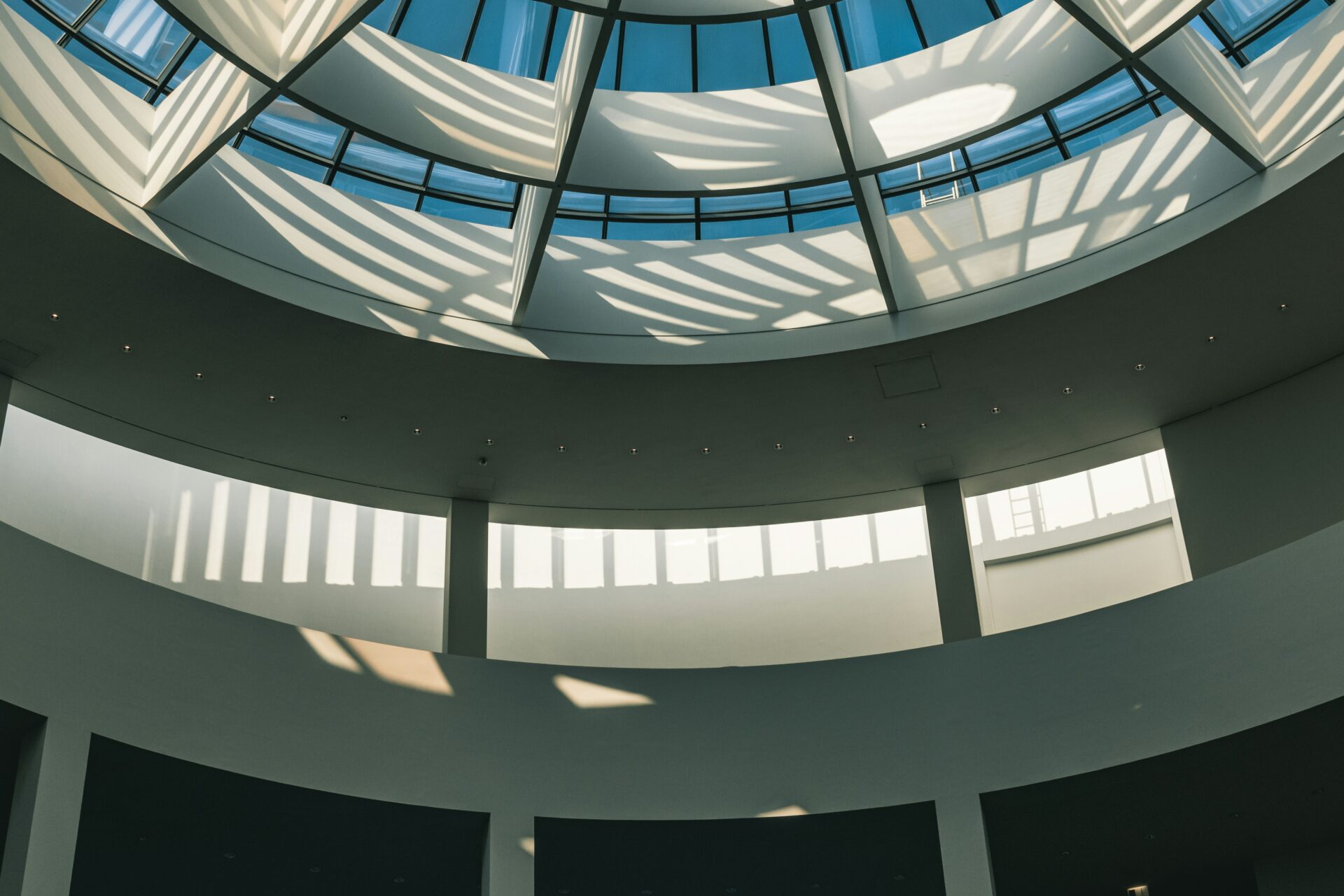
Exploring the Alte Pinakothek: A Journey Through Old Masters
When I walked into the Alte Pinakothek, it felt like I’d stepped straight into European art history. This museum holds some of the most celebrated paintings from the 14th to 18th centuries, and honestly, it’s one of the oldest art galleries anywhere.
Highlights of European Paintings
Right away, the grand galleries pulled me in, overflowing with Italian, Spanish, Dutch, Flemish, German, and French masterpieces. The layout really helps you trace how styles shifted across regions and centuries.
There are about 800 paintings in the permanent collection. You’ll find Renaissance, Baroque, and Rococo works all under one roof.
The museum shines brightest with its Flemish and Dutch paintings—huge triptychs, dramatic religious scenes, the works. Each room felt like a new surprise. I grabbed a museum map and used the free digital guide, which pointed out the most famous rooms and pieces.
If you’ve got time for a full day, take breaks on the benches scattered around. I’d sit and just soak in the details—the Italians’ bold colors, the Dutch artists’ knack for drama in their portraits.
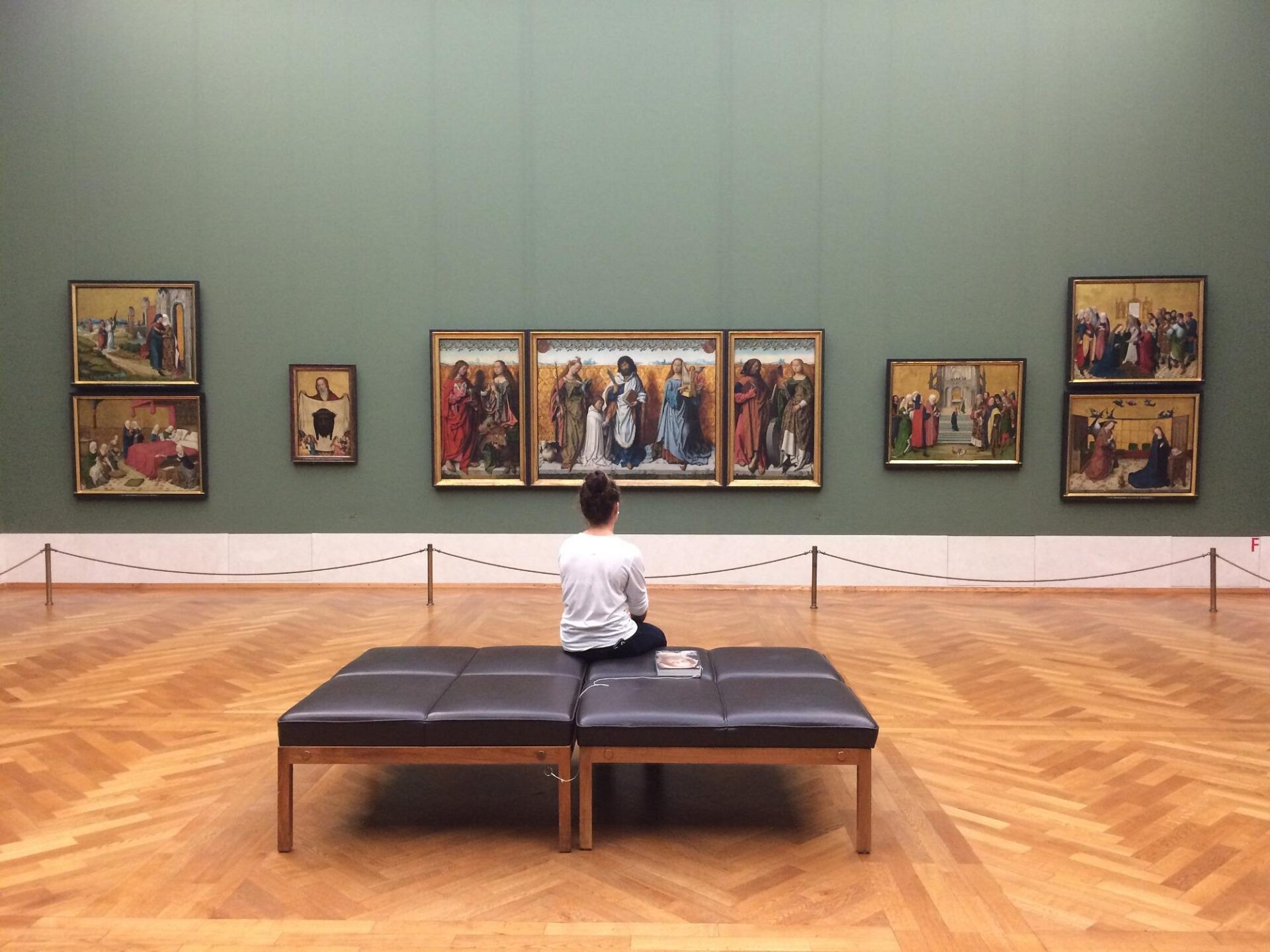
Masterpieces and Iconic Artists
Peter Paul Rubens’ paintings absolutely stole the show for me. The Rubens Hall in the Alte Pinakothek is jaw-dropping. “The Great Last Judgement” just bursts with energy, color, and those powerful figures. I honestly could’ve spent an hour just picking apart the details and movement.
You’ll also find legendary works by Albrecht Dürer, including his famous self-portrait and some stunning altarpieces. I spotted paintings by Leonardo da Vinci, Raphael, Rembrandt, and Hans Holbein too. Seeing these originals up close? Totally worth the ticket.
Some must-see highlights:
| Artist | Notable Work |
|---|---|
| Peter Paul Rubens | The Great Last Judgement |
| Albrecht Dürer | Self-Portrait |
| Leonardo da Vinci | Madonna with the Carnation |
| Rembrandt | Self-Portrait |
| Raphael | Madonna Tempi |
Room after room, I kept stumbling onto another surprise from the Old Masters. Having so many iconic paintings in one place really deepened my appreciation for how European art evolved—and why the Alte Pinakothek is such a treat for art lovers.
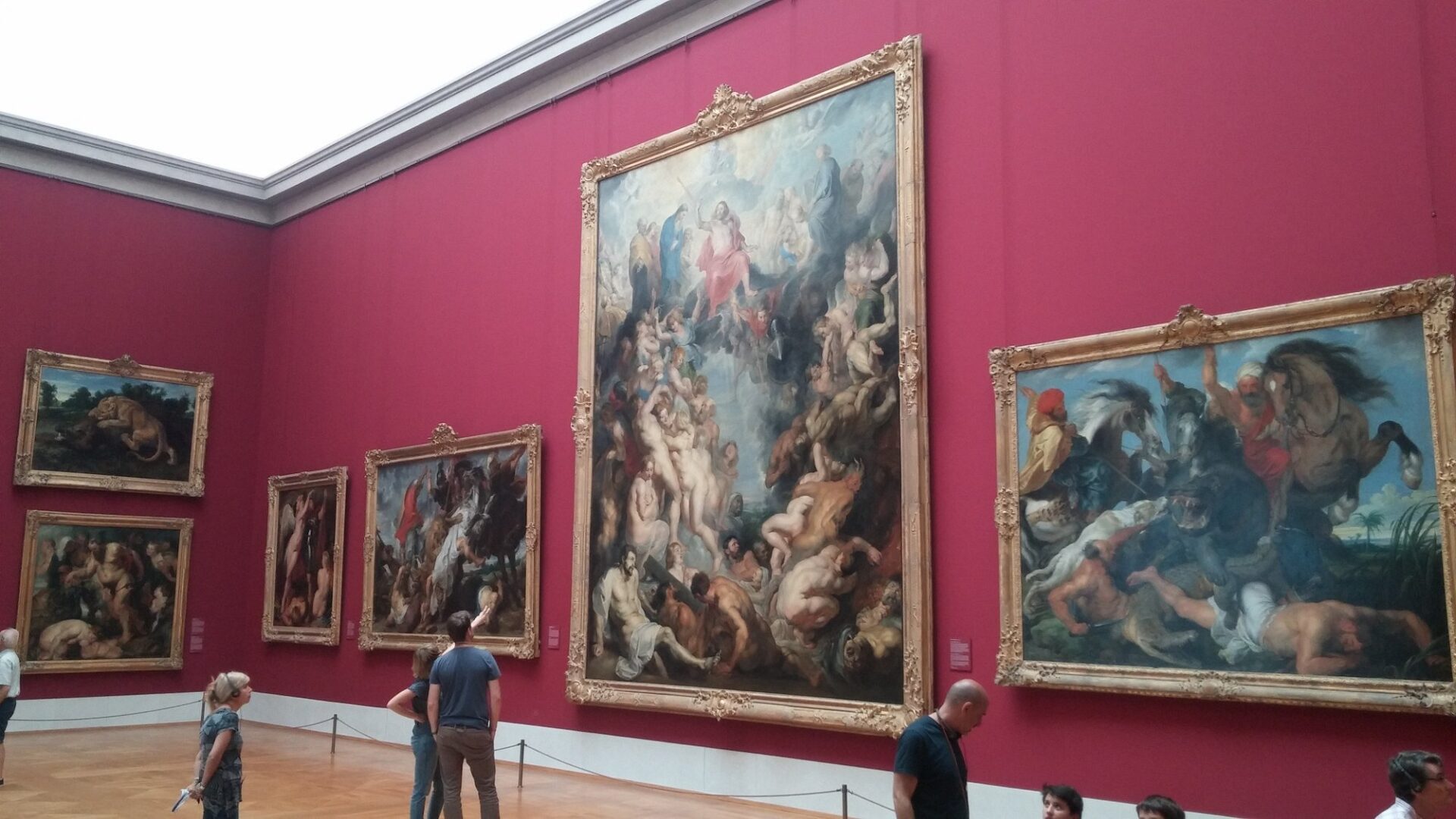
Diving Into the Neue Pinakothek: 19th-Century Marvels
When I turned to the Neue Pinakothek, I entered a world of 19th-century European art. The museum is closed for renovations right now, but you can still see many highlights at the Alte Pinakothek and the Sammlung Schack.
Modern Art Movements and Notable Works
The Neue Pinakothek spotlights huge shifts in art—Romanticism, Impressionism, early Modernism. Paintings by Caspar David Friedrich and Édouard Manet put me right in the middle of Europe’s creative upheaval.
Standing in front of Adolph Menzel’s detailed industrial scenes, I felt how artists started focusing on daily life and a changing society—not just beauty. These pieces feel oddly current, even though they’re over a century old.
On Sundays, you can get into the Pinakotheken museums for just €1. That’s a steal for seeing van Gogh, Monet, and more. If you can’t visit in person, lots of works are online in the Pinakotheken’s digital collection.
| Art Movement | Notable Artists | Key Themes |
|---|---|---|
| Romanticism | Caspar David Friedrich | Nature, emotion |
| Realism | Adolph Menzel | Everyday life, industry |
| Impressionism | Monet, Manet | Light, modernity |
| Early Modernism | van Gogh | Personal vision, experiment |
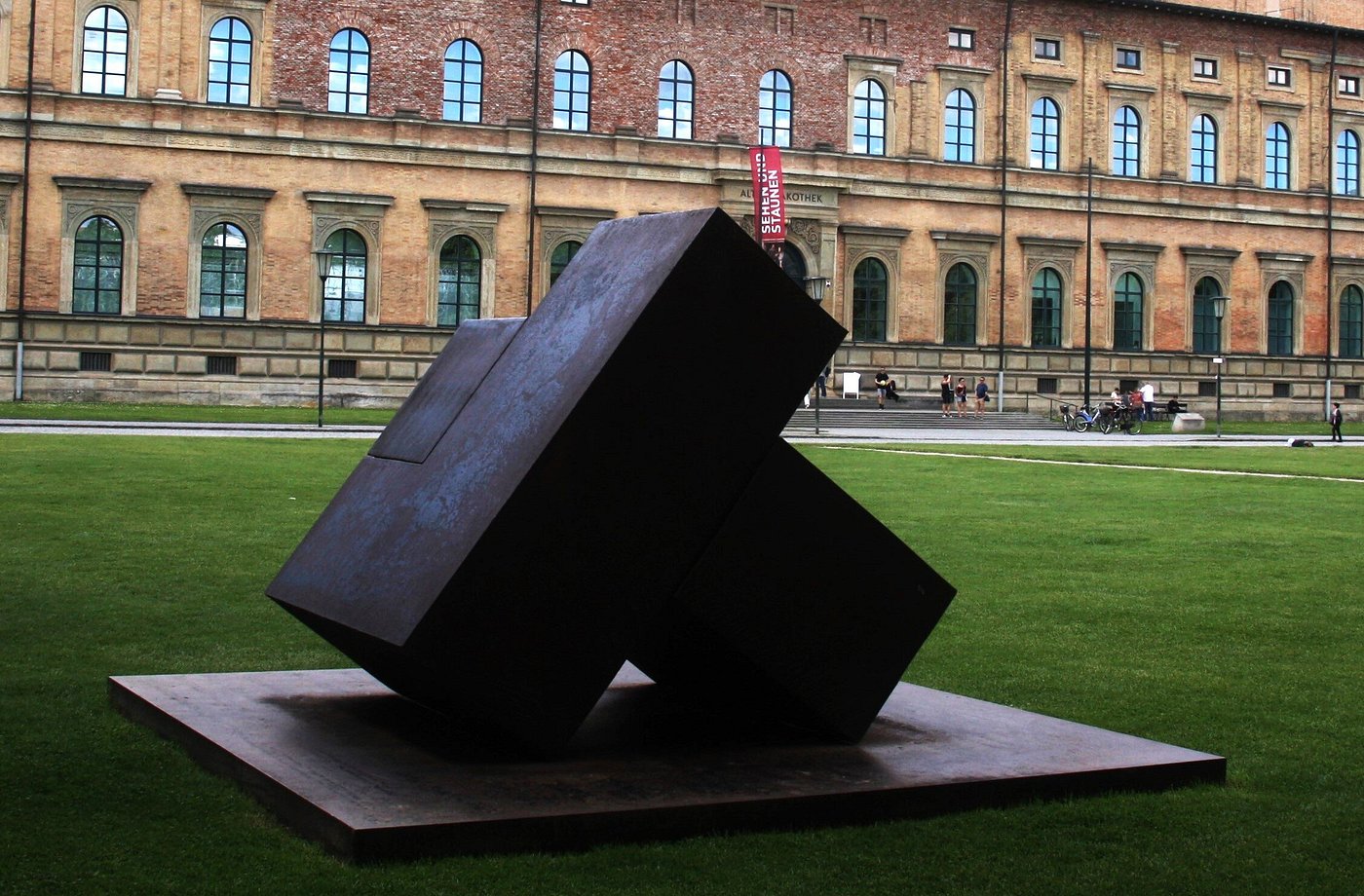
Spotlight on Franz Marc and German Art
The Sammlung Schack features several standout German artists, but Franz Marc always catches my eye. Marc used color in wild, emotional ways—especially in his animal paintings—and helped kickstart Germany’s Blue Rider movement.
His bold blues and yellows radiate both calm and intensity. Even the smaller pieces feel vibrant and thoughtful. Marc pushed boundaries and encouraged people to see nature differently.
If you’re visiting, look out for displays featuring Marc and other German masters. Their strong colors and creativity show how Germany’s art scene blossomed in the 19th and early 20th centuries. The Neue Pinakothek’s focus on these artists really makes it a key stop for anyone curious about the roots of modern art in Germany.
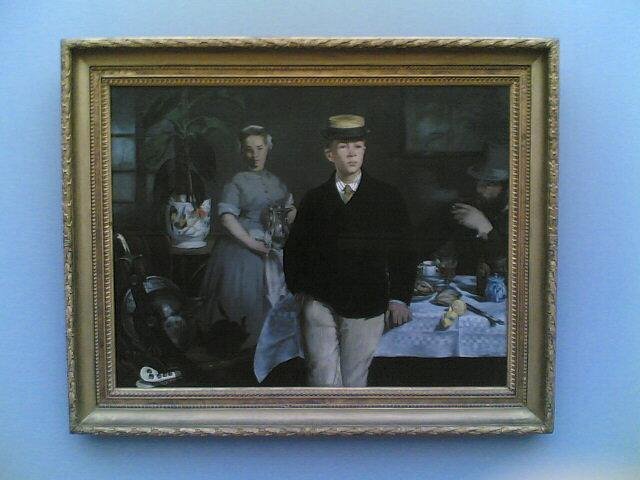
Discovering Contemporary Creativity at the Pinakothek der Moderne
The Pinakothek der Moderne sits right at the center of Munich’s art world, bringing 20th and 21st-century innovation to life. I loved how this museum blends painting, design, and architecture—there’s always something unexpected.
Contemporary Art Collections
In the contemporary art galleries, I found a huge range of works by influential artists. The collection starts where the Neue Pinakothek stops—post-1900 art. You’ll see Gerhard Richter, Sigmar Polke, and plenty of international artists, which keeps the museum’s vibe fresh and global.
Big, open galleries display paintings, sculptures, photography, and new media. I liked being able to pause and actually think about each piece. Interactive guides and timelines near some displays helped me connect artists to art movements like Expressionism, Minimalism, and Conceptual Art.
The museum is massive—over 12,000 square meters—so every visit feels different. Some works rotate, so I never know exactly what I’ll find, but the focus on creative risk-takers is always there.
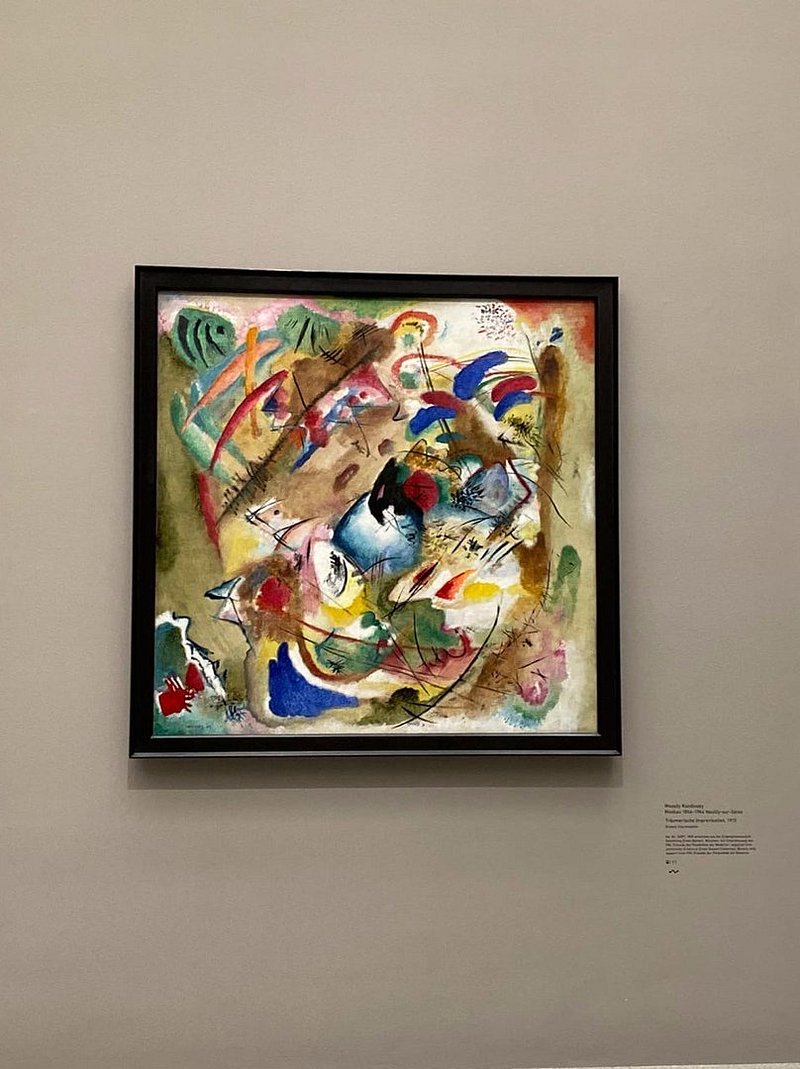
Design, Architecture, and Interdisciplinary Exhibits
Honestly, I didn’t expect to find so much design and architecture here, but those sections became highlights. The museum dedicates galleries to industrial design, furniture, and product innovation, showing how style and daily life mix.
I especially loved the displays of classic Bauhaus pieces and modern graphic design posters. Temporary exhibitions often include architecture models and hands-on installations. It’s fascinating to see how modern architects rethink space, sustainability, and materials.
Quick tip: If you’re visiting on a special event day, check the schedule online first. Workshops and talks with designers and architects pop up often, letting you dive deeper into the creative process. The interdisciplinary vibe makes the Pinakothek der Moderne so much more than just an art museum—it’s a place where creativity in all forms gets its due.
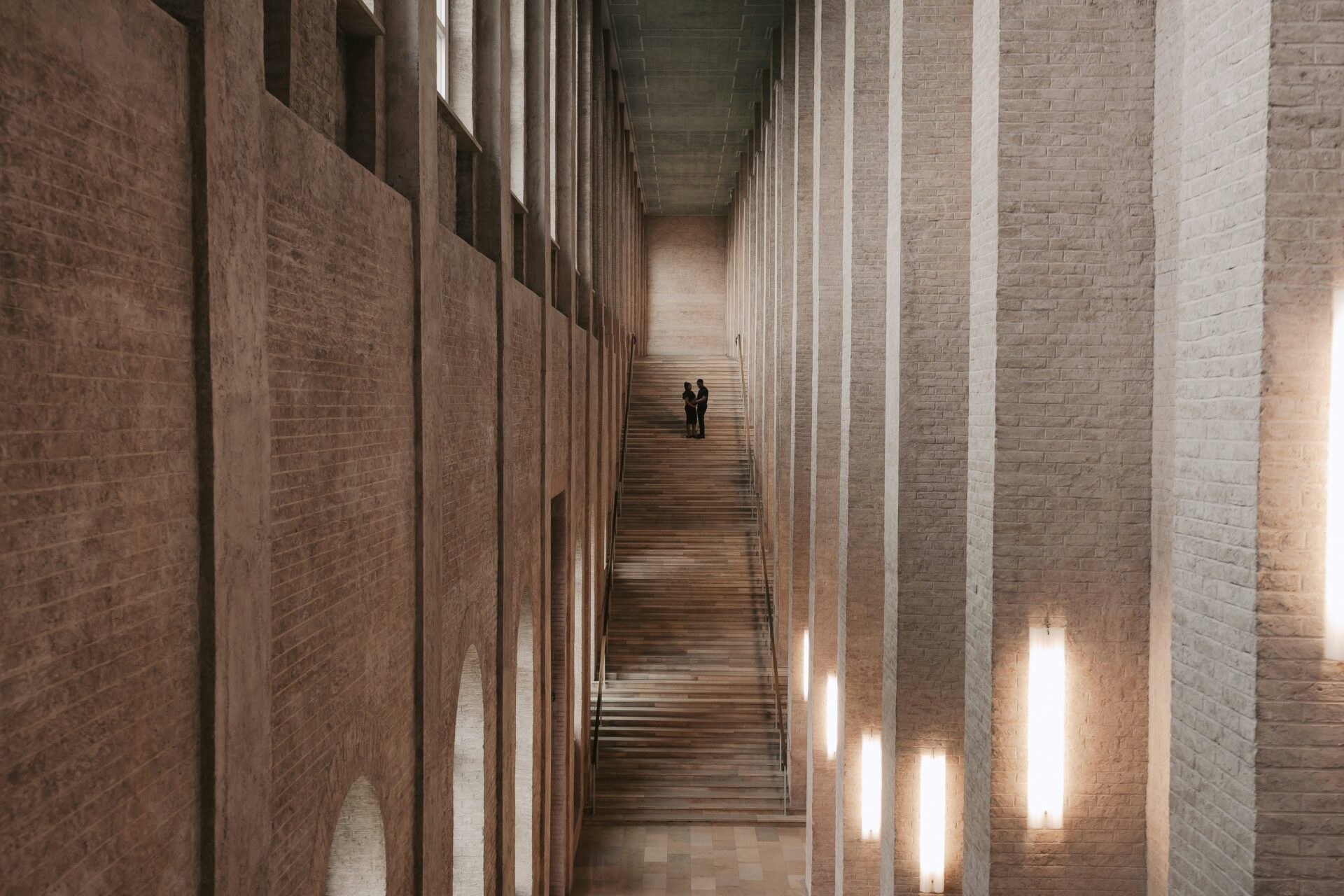
Beyond the Pinakotheken: Munich’s Art Scene Unveiled
Munich’s artistic energy spills out well past the Pinakotheken. Unique museums spotlight everything from modern marvels to classical influences, creating a richer story about the city’s culture and style.
Visiting Museum Brandhorst
Museum Brandhorst grabbed my attention from the moment I saw its colorful, striped exterior. This spot is all about contemporary art, with a strong collection of Andy Warhol and Cy Twombly. Inside, it’s calm and spacious, so you can actually take in each piece.
I appreciated the variety. Alongside big-name modern artists, you’ll find photography, sculpture, and new media. The open layout makes even the more challenging works feel inviting.
Check the museum website for current exhibitions. Some temporary shows really push boundaries and spark conversations that stick with you long after you leave.
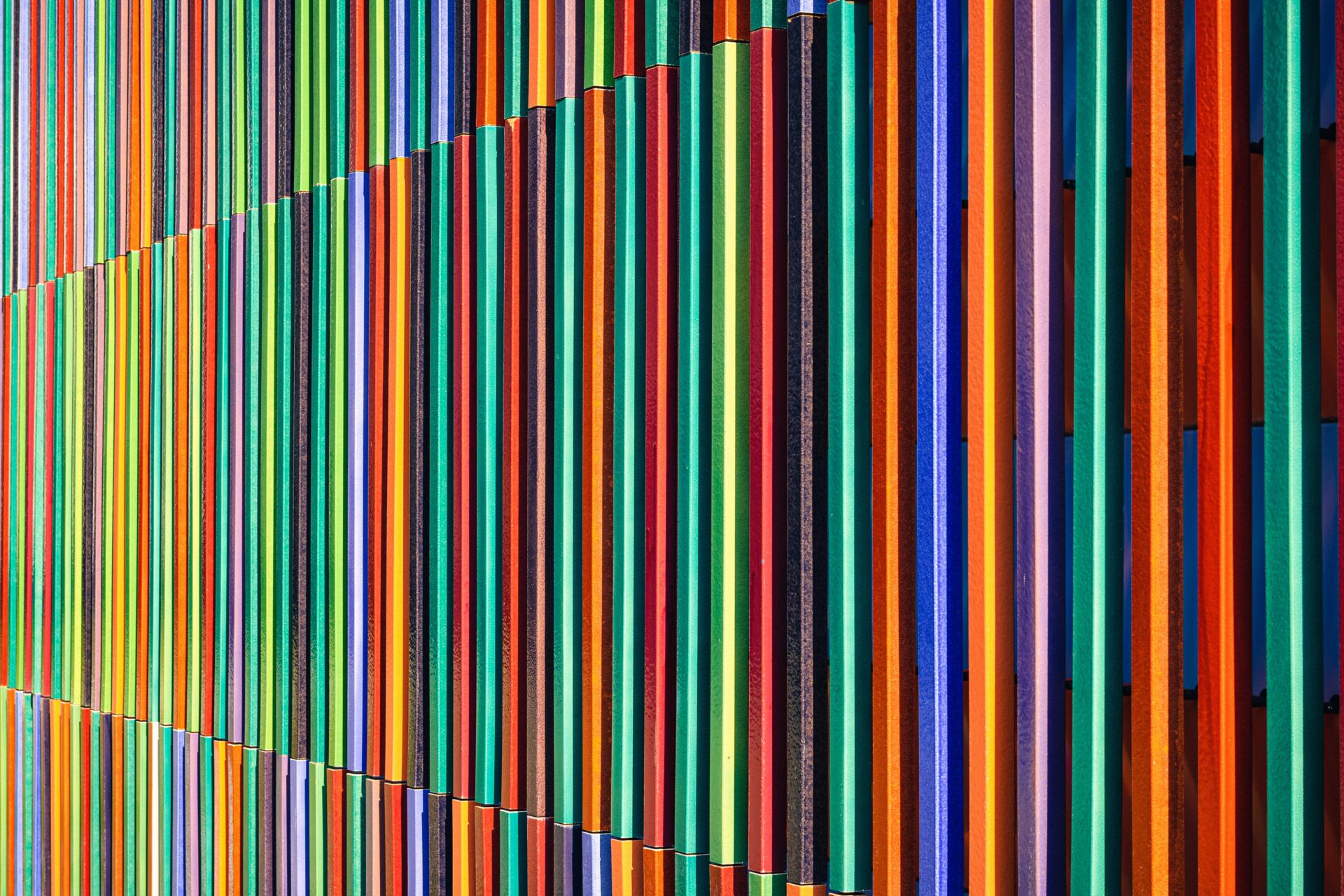
Exploring Museum Villa Stuck
Walking up to Museum Villa Stuck, I almost felt transported. Once the home of artist Franz von Stuck, this Jugendstil (Art Nouveau) mansion is a work of art itself, inside and out.
Permanent displays show off von Stuck’s bold personality—mythological themes, unique furniture he designed himself. Rotating contemporary exhibits set up a playful contrast with the historic rooms.
There’s even a peaceful garden out back, perfect for a quiet coffee or a break between galleries. I lost track of time here, just soaking in the details and the fearless artistic vision running through the whole place.

Ancient Greece Influences in Munich’s Art
Munich honestly surprised me with how much it loves ancient Greece. When I wandered through Königsplatz, those massive Greek Revival buildings really grabbed my attention.
You can’t miss the columns, the pediments, and the marble touches—they totally remind me of old temples. It’s almost as if the city wants you to notice that connection.
A bunch of museums pick up this theme too. The Glyptothek stands out, especially if you’re even a little bit interested in original Greek and Roman sculptures.
Even the Alte Pinakothek has pieces shaped by classical ideas of beauty and form. It’s this cool mashup of Greek inspiration and European art traditions.
All over Munich, art and architecture seem to team up, tying the city’s history to the legendary world of ancient Greece. I can’t help but notice how this influence adds something extra to every gallery visit.
It’s honestly made me see new links between modern art, old masters, and those classic shapes that never seem to go out of style.

